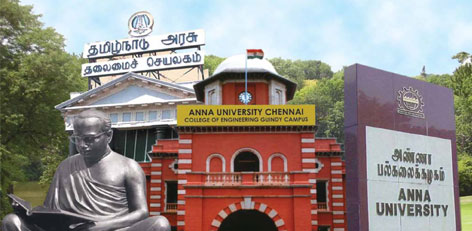Experts warn summer will intensify further
Posted on: 26/Apr/2016 9:44:01 AM

Eben at the very starting point of the summer season, a maximum temperature of 110.66 Degrees Fahrenheit (43,7 Degree Celsius) has been recorded at Vellore. Environmental experts warn that this may intensify even further.
The former professor in the Chennai Development and Research Foundation, Mr. S. Janakarajan, explained that many people are of the view that the hot summer in the early days is due to climate changes. However, that is not the only reason. Actually, the heat intensity remains the same as it was 40 years ago. However, the natural medium,s which were available then for reducing the intensity of heat do not exist now.
As compared to 40 years ago, Chennai city has become more of a concrete jungle, with some major construction activities always going on. These concrete structures have the property of absorbing the heat and reflect it back. Apart from this, the heat generated by the cooling devices in these many concrete structures adds to the heat. So, the heat intensity seems to be up.
The Head of Care Earth Foundation (which has undertaken research on the environment), Ms. Jaya Venkatesan, informed that there has been continuous climatic changes every year during the past 20 years. It has not been established that climate change is the reason for this excess heat.
As Chennai is a coastal city, whatever climatic changes happen, depends on the changes in the sea. The heat generated in the can directly affects the coastal area. This is why the ground temperature has risen.
As the states of Karnataka and Kerala have the natural protection of Western Mountain Range, they are protected from the heat generated in the ocean/sea. This is why a cooler climate prevails in these states. As Tamil Nadu does not have a similar natural protection, heat felt is higher.
In earlier times, it used to rain continuously from the Tamil Months of Aadi to Karthikai (from August till November), Hence the grounds are was kept cooler. However, nowadays, .it rains quite heavily over a fewer number of days - the water gets carried away to sea without being absorbed by the ground. The rainy season has shortened in Tamil Nadu while the hot season is extended. This is also one of the reasons for the hotter climate.
The Director of the Annamalai University`s Climate Change and Adaptive Centre Mr. K. Pazhanivel explained that the urbanization progress in Tamil Nadu has reduced the greenbelt areas. The pollution from the different industries has increased. As such, the amount of carbon-di-oxide content in the air has gone up by 50 percent as compared to 50 years ago. The light rays from the sun are converted into heat energy and sent to the earth. This leads to the hotter climate in Tamil Nadu. As per the centre`s research, the temperature which has recorded 105,8 Degrees Fahrenheit recently, is likely to touch 113 Degrees Fahrenheit during the month of May and in the coming years. The night temperature levels are also likely to increase. The only recourse to reduce this hotter climate is planting more trees.








